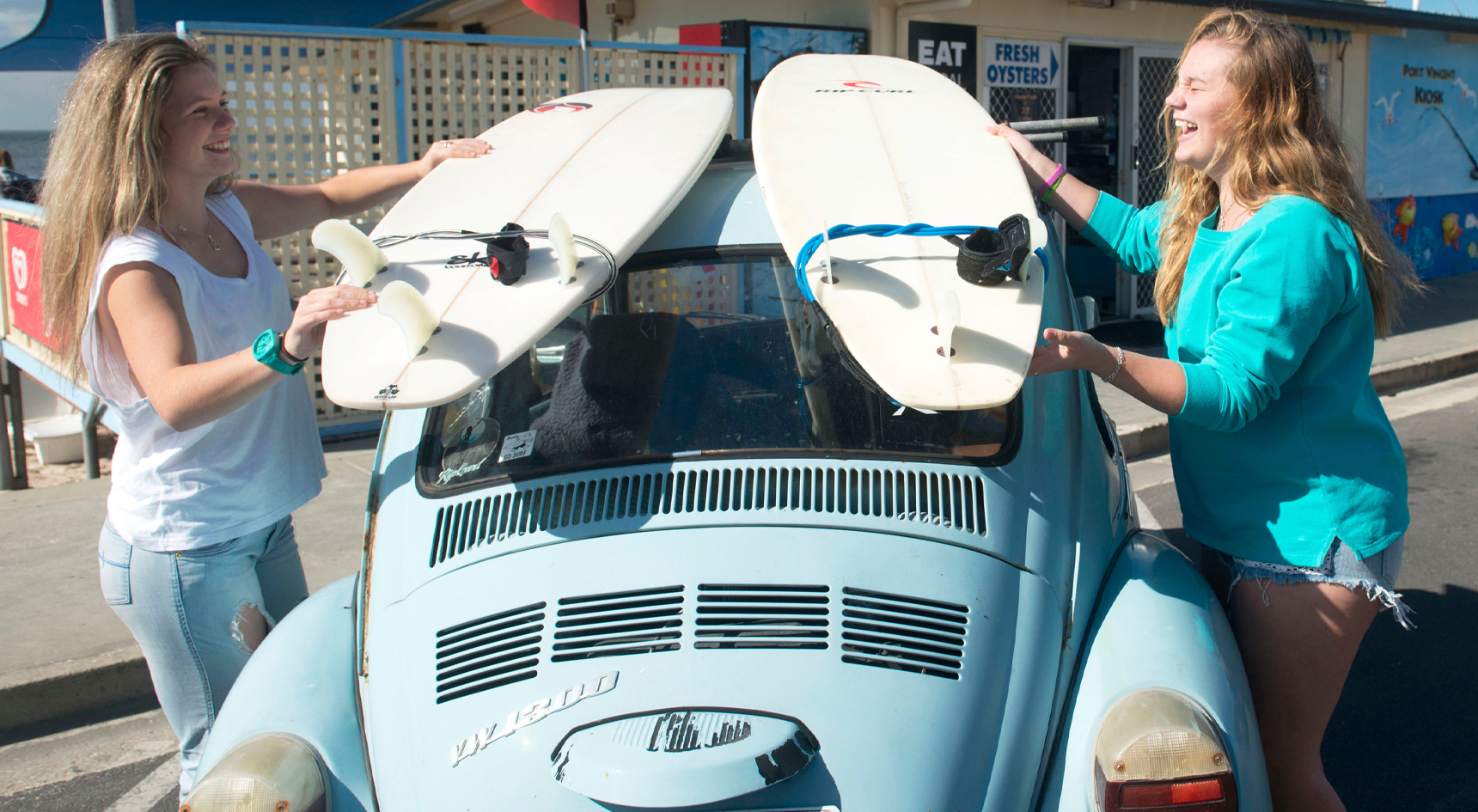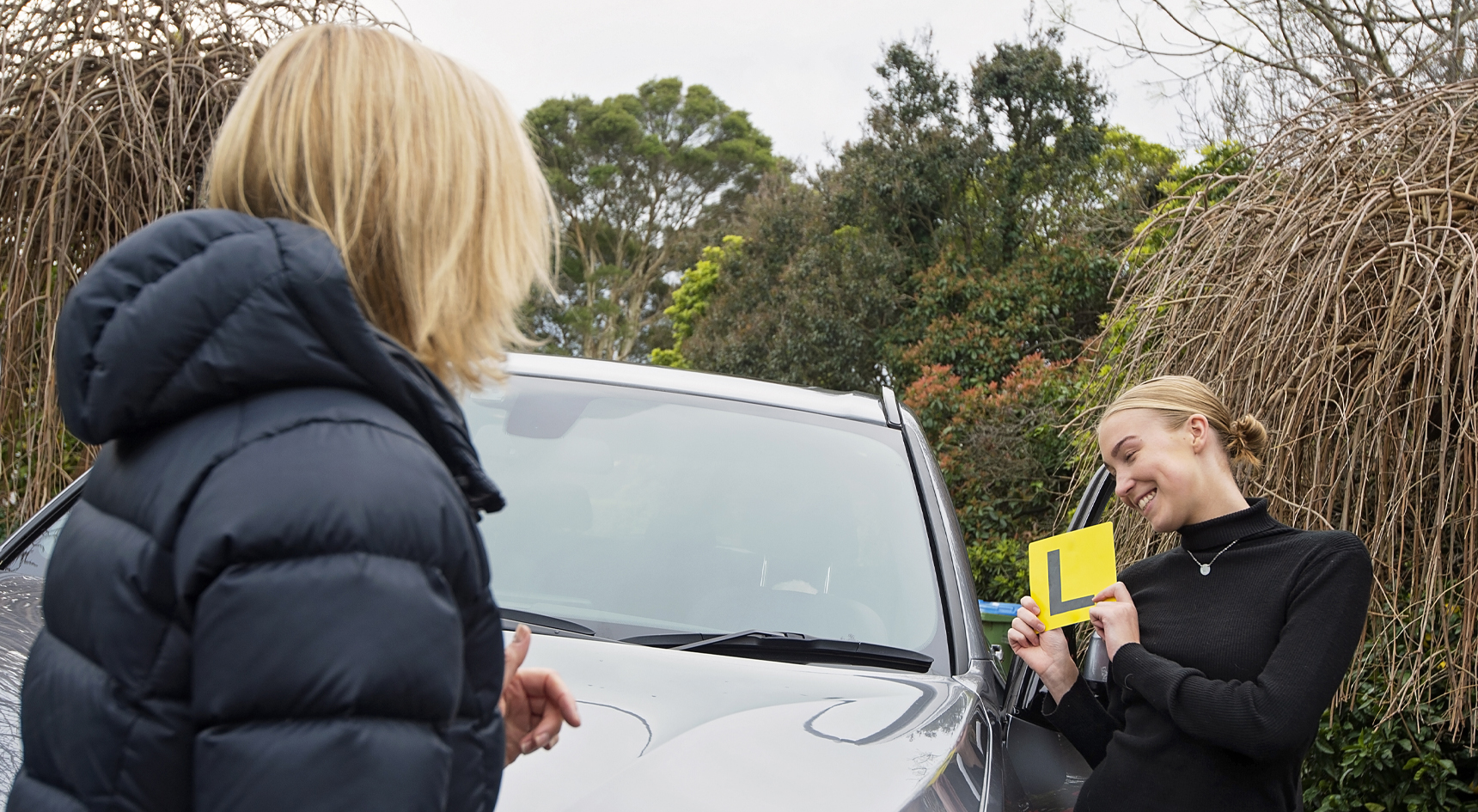Can learner and P-plate licence holders drive interstate?

Road trips are a blast! There is nothing better than heading off on a holiday across borders. But hold up.
If you are a learner driver or provisional licence holder, there are some things you need to know before you pile into the car and crank up the tunes. After all, road rules change from state-to-state.
What you can do in South Australia might not be the same as Victoria or New South Wales or anywhere else for that matter.
It’s a good idea to find out the restrictions that might impact you before heading off on your epic adventure.
Playing the “I didn’t know” or “I’m not from here” card might not fly with local authorities. Suddenly, you could be looking at fines, demerit points or even loss of licence.
And wouldn’t that be a real bummer for your holiday?

Learner drivers
The states and territories are mostly on the same page when it comes to learner drivers. However, there are a few rules that differ, including the maximum speed limit.
In South Australia and Western Australia, learner drivers can’t exceed 100km/h even when the posted speed limit is higher, while in New South Wales and Tasmania it’s 90km/h.
If you’re driving up to the Northern Territory, the maximum speed limit for learners is 80km/h. In Queensland, Victoria and the ACT, the maximum speed limit for learner drivers is the sign-posted speed.

Both ACT and NT authorities will come down hard on learner drivers caught breaking the speed limit, with offenders potentially having their permit suspended.
In other states, you’ll be catching public transport for a while if you exceed the speed limit by 30km/h or more. This offence also warrants a permit suspension.
Also, just a reminder that it doesn’t matter if you’re driving through the burbs, busy city streets, or the back of beyond, you must have a qualified supervising driver next to you at all times.
What this means
If you are driving interstate, remember that any conditions that apply to learners in the state you’re entering will also apply to you. For example, if you’re heading into Victoria, you can drive up to whatever the posted speed limit is, subject to traffic and weather conditions. However, if you’re in NSW, then it’s no more than 90km/h for you.

